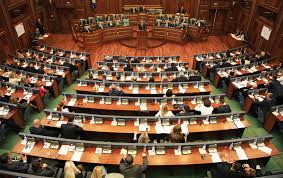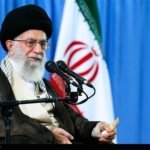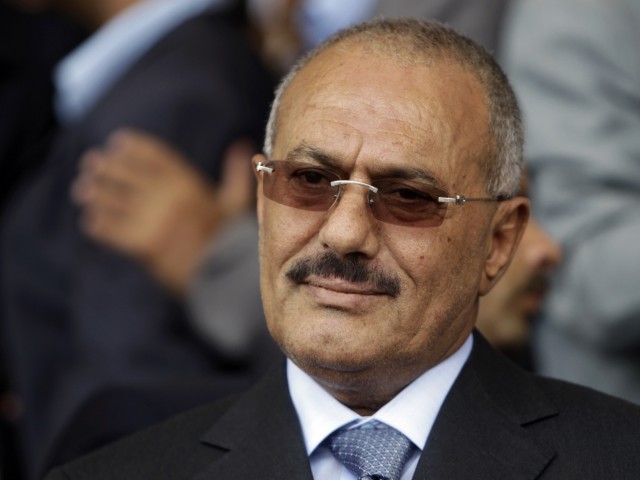Meade responds to AMLO about security figures in CDMX

The PRI candidate for the Presidency of the Republic, José Antonio Meade , responded to Andrés Manuel López Obrador , who assured that during his administration he managed to reduce the security indexes in the country’s capital and stressed that between 2000 and 2005 the country’s capital It rebounded in the homicide index. “Some people propose security recipes that have not yielded results before. Between 2000 and 2005, the participation of the CDMX in the homicides of the country, as well as kidnappings, extortion and car theft increased, “said the PRI candidate through his Twitter account.
NATION: Venezuela











